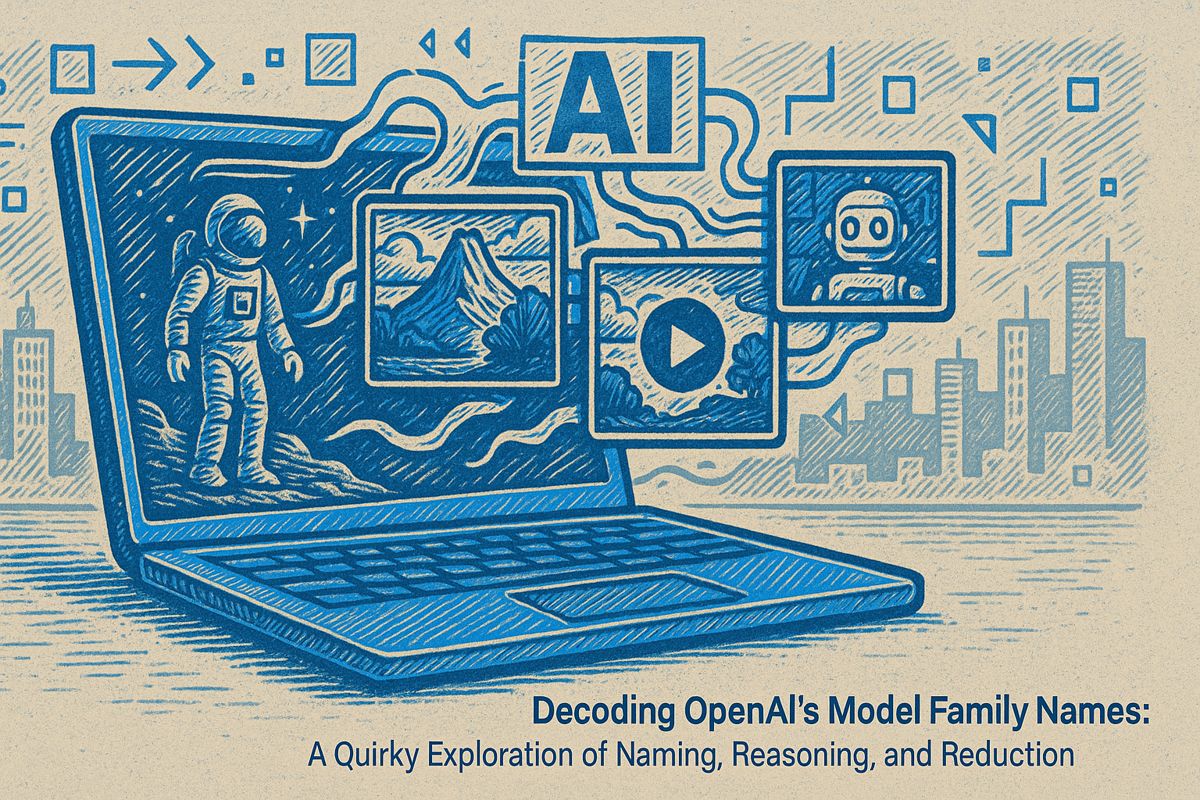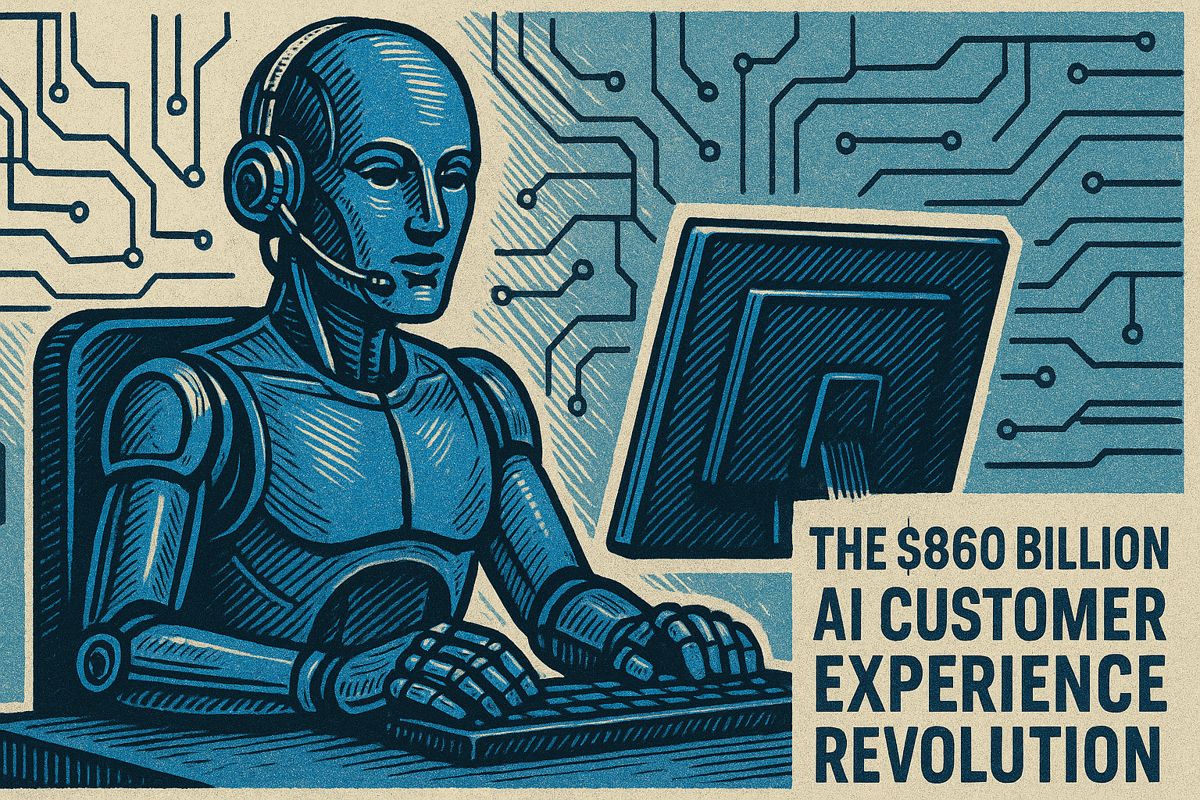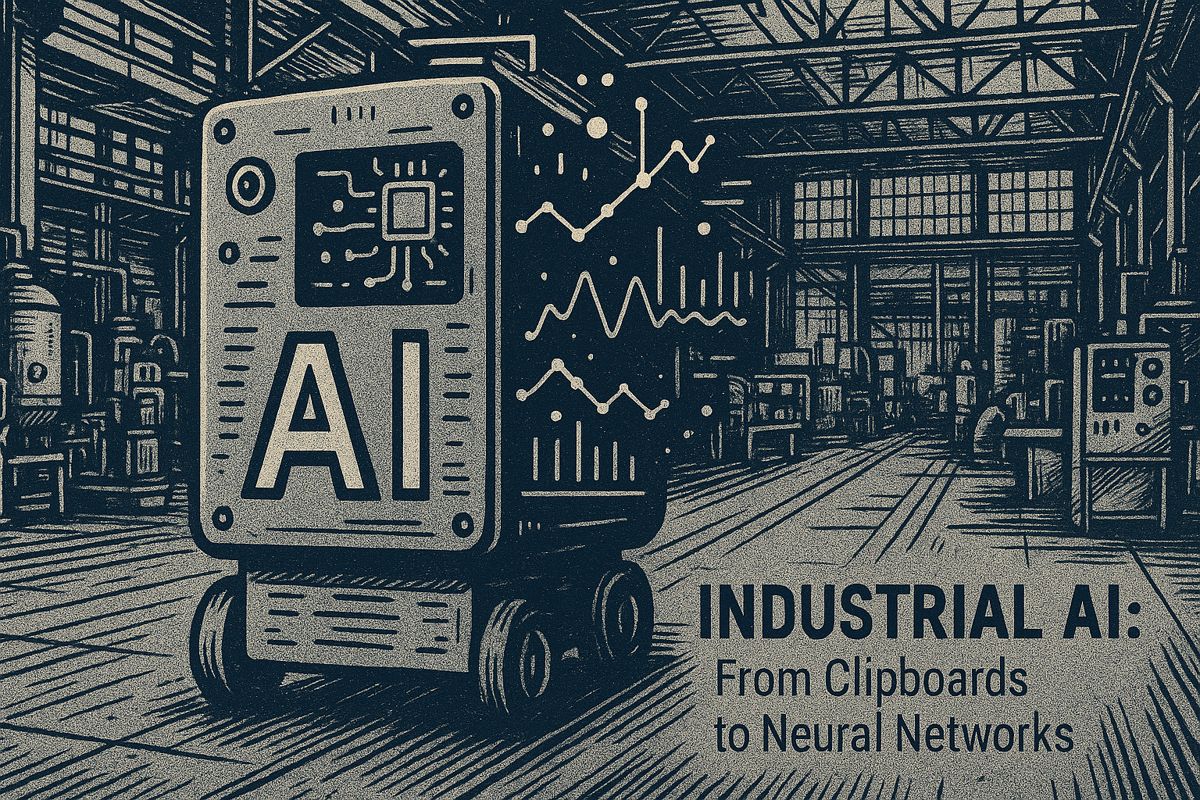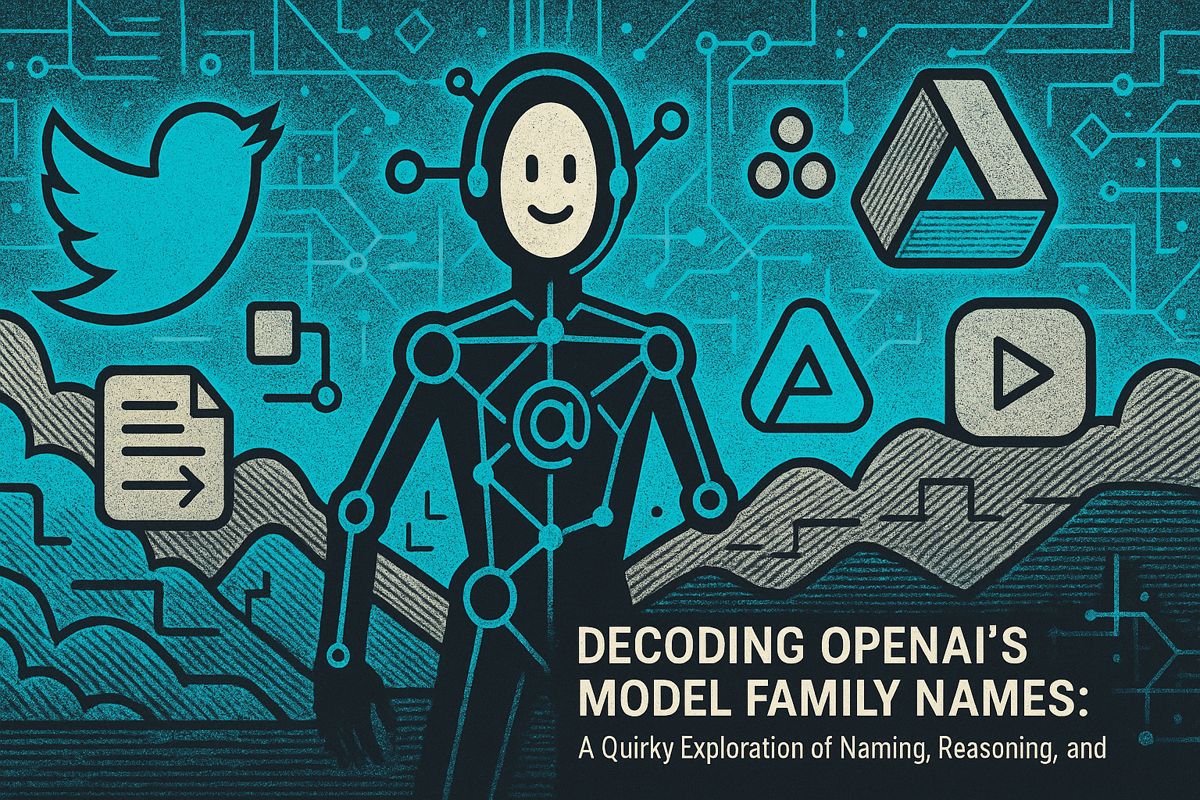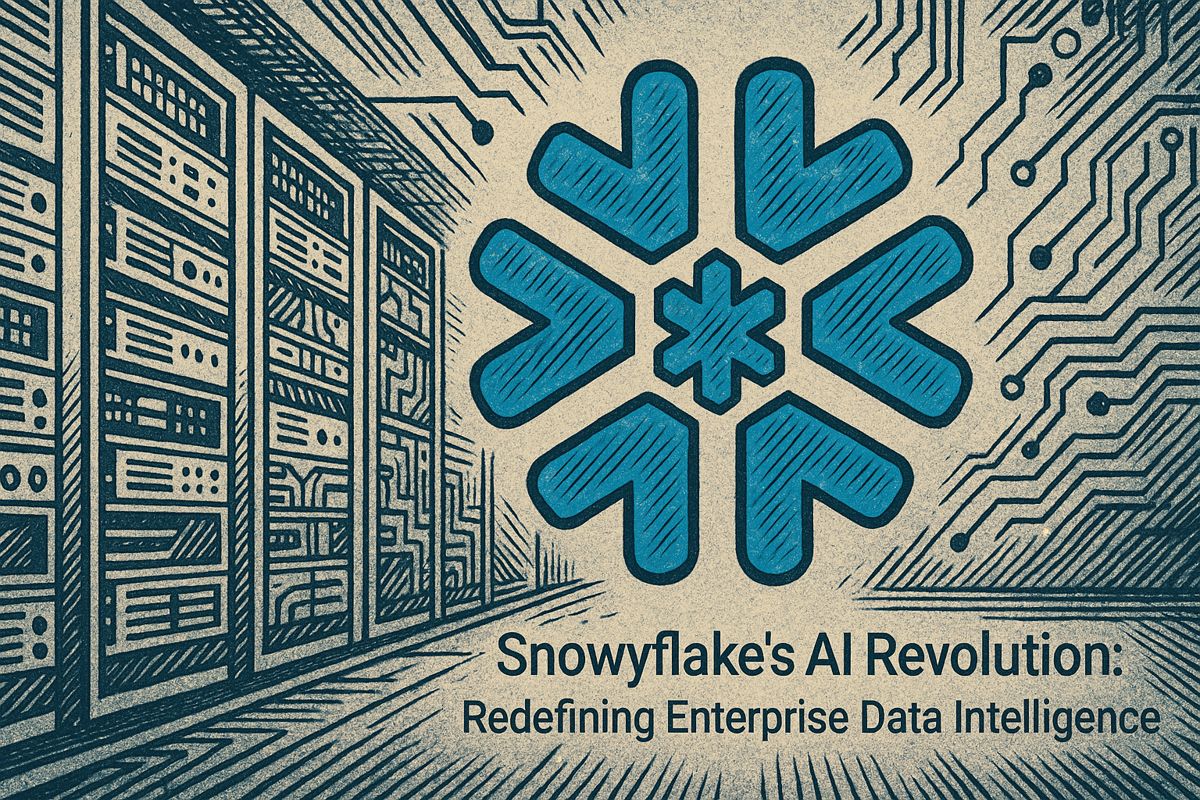Here’s the text with the most important phrase emphasized in markdown bold:
In a groundbreaking moment, Kalshi used Google’s Veo 3 AI to create a 30-second NBA Finals commercial in just 2-3 days, costing only $2,000. This technological leap represents a massive shift in advertising production, where a single person can now generate hundreds of video iterations with unprecedented speed and precision. The commercial, approved by major networks like ABC and Disney, signals a potential revolution in creative content generation. While the technical achievement is remarkable, questions remain about the emotional depth and human touch in AI-generated work. This milestone suggests we’re entering an era where artificial intelligence could dramatically transform how we create and consume media.
What Is the Significance of AI-Generated Advertising in the NBA Finals?
Google’s Veo 3 AI technology enabled Kalshi to create a groundbreaking 30-second commercial during the NBA Finals in just 2-3 days, costing only $2,000 and revolutionizing traditional advertising production methods. This milestone demonstrates AI’s potential to democratize creative content generation with unprecedented speed and efficiency.
From Camcorders to Code: The Shape of Creative Work
Sometimes, I find myself lost in the flickering sea of NBA highlights, only to be stopped cold by an ad so smooth, it feels like it’s slipped through the cracks of reality. Not long ago, while nursing a cup of subpar office coffee (the kind that tastes vaguely of burnt toast), I stumbled on news about Kalshi’s commercial during the NBA Finals. But here’s the twist: every frame was conjured up by artificial intelligence. Google’s Veo 3, to be precise.
This isn’t the far-off future creeping up on us. It’s happening right now, and you can almost taste the electricity in the air—static, a bit metallic, like when you unplug a charger in a thunderstorm. It all hit me with the force of a cold slap: the first promo video I cut in college took three weeks, a temperamental Canon camera, and a crew that survived on pizza and panic. The distance between then and now? Gargantuan. Or maybe exponential is the better word.
I can’t help but wonder: If a single person can do in three days what used to take crews a month, what’s next? Does this mean I can finally retire my battered old tripod, stained with years of creative frustration? It’s a strange comfort—and a little unsettling.
The Anatomy of a Breakthrough: Kalshi, Google, and the 400-Gen Marathon
Kalshi, for those not tracking every fintech ripple, is a regulated betting platform that dreams bigger than Vegas. They aired a 30-second, fully AI-generated commercial during the NBA Finals—prime time, prime stakes. The commercial was whipped up in just 2 to 3 days using Google’s Veo 3, part of the ever-expanding Gemini AI ecosystem. (Remember when Gemini just meant “twins?” Now it practically means “the future of everything.”)
The process was a symphony of keyboard clacks and AI muscle: 300 to 400 unique video generations were required to nail those slick seconds. The total cost? Around $2,000—roughly 5% of what a traditional agency would demand. And here’s the kicker: one person, PJ Accetturo, steered the entire ship, toggling between Veo 3, Gemini, and a soupçon of video editing software. No fleets of lighting techs. No grip trucks rumbling at dawn. Just a laptop and a vision.
ABC and Disney, those twin pillars of American broadcasting (who aren’t exactly known for rolling out the red carpet for experimental tech), gave the nod for this spot to air during the highest-stakes basketball spectacle of the year. That’s not just a stamp of approval. It’s more like a shot of adrenaline straight to the industry’s heart.
The Creative Earthquake: Power, Peril, and Punk Energy
Is this a watershed moment? Industry insiders seem split between awe and existential dread. Kalshi’s CEO, Tarek Mansour, called it democratizing—a word that apparently now means “AI just crashed your party and made off with all the snacks.” The ad world, once a cathedral of big budgets and even bigger egos, suddenly feels porous, like a sandcastle at high tide.
Let’s be honest: the technical leap is wild. Veo 3 doesn’t just spit out uncanny valley marionettes; it builds scenes with the kind of crisp detail you’d expect from a National Geographic shoot. There’s a metaphor rattling around in my head: it’s as if the old gods of Madison Avenue have been toppled by a single, tireless robot, fueled by cloud GPUs and caffeine. The sensory impact is tactile—glossy, almost porcelain-perfect shots, each one whispering, “You thought you knew what was possible…”
But there’s an itch I can’t quite scratch. Sure, the AI can churn out 400 versions of a shot before lunch, but does it feel? Can it deliver that gut-punch emotion, the narrative twist that sticks? The human alchemy is still missing, for now. I remember bombing a client pitch last fall because my storyboard felt “cold”—the irony isn’t lost on me.
Still, with digital watermarking like SynthID and layers of content safeguards, Google’s keeping one eye on the looming copyright thunderclouds. Trust remains fragile. Viewers, and maybe even you, might squint at the screen and mutter, “Wait—did a robot do this?” The answer, increasingly, is yes.
Peering Down the Rabbit Hole: What Comes Next?
The ad’s architect, PJ Accetturo, called Veo 3 “the single most powerful tool I’ve ever used,” and predicts a coming wave of AI-crafted, “high-dopamine” commercials set to flood our senses by 2025. That phrase—high-dopamine—sticks to my brain like gum to a sneaker. Change is exhilarating, but there’s also a faint whiff of panic, as if the creative world is standing on a trapdoor, waiting for the floor to give.
Kalshi’s own social post summed it up with a wink: “The world’s gone mad.” And perhaps it has. But maybe that’s creativity’s secret fuel—chaos, a splash of mania, and the relentless pulse of what’s possible.
So, should I hang up my camera yet? Not quite. But I’ll hold it a little more loosely.

